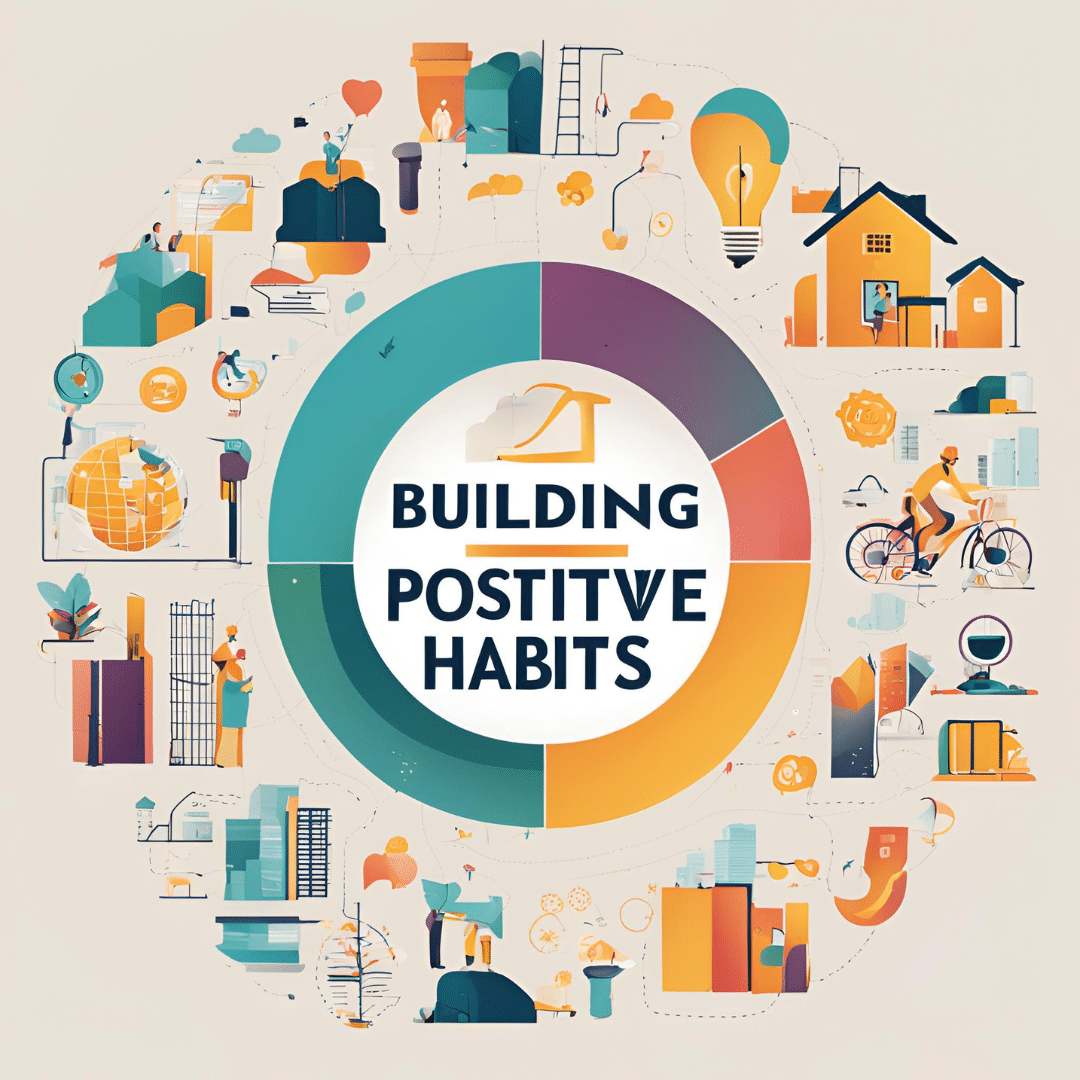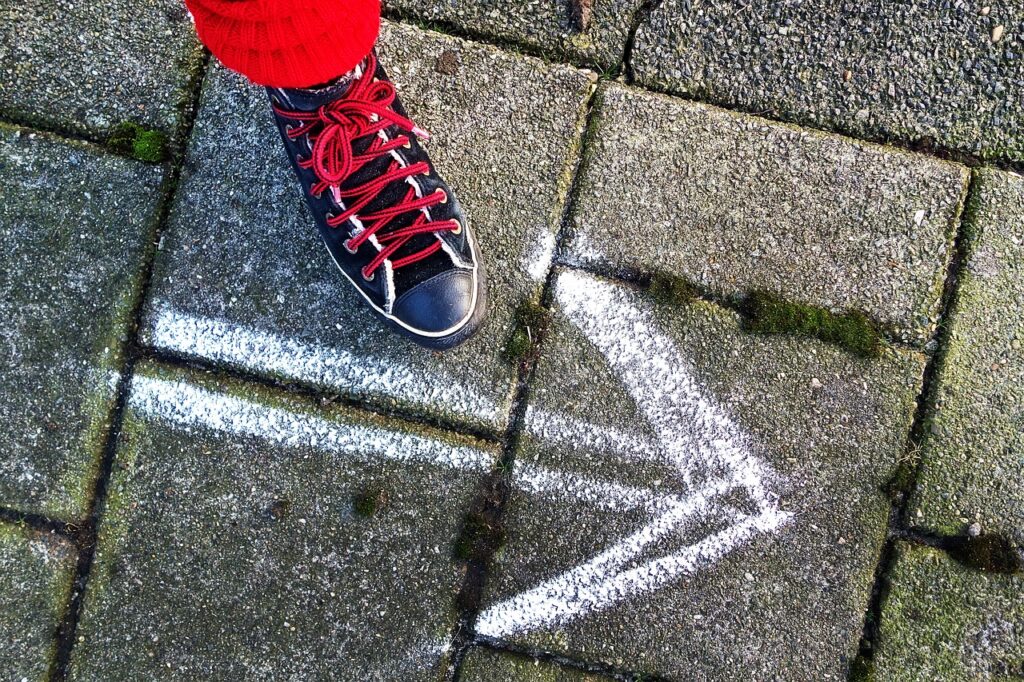Physical Address
304 North Cardinal St.
Dorchester Center, MA 02124
Physical Address
304 North Cardinal St.
Dorchester Center, MA 02124

We all aspire to improve our lives, whether by exercising regularly, eating healthier, or developing better productivity habits. However, many people struggle to make these changes last. Why? Because building positive habits that stick requires more than just motivation—it demands strategy, consistency, and a deep understanding of how habits form.
In this guide, we will break down the science of habit formation and share practical steps to help you create lasting changes in your life. If you’ve ever found yourself stuck in the cycle of starting and stopping new habits, this article will provide the breakthrough you need.

Before diving into strategies, it’s essential to understand how habits work. According to Charles Duhigg’s “Habit Loop” concept, every habit follows three stages:
For example, if you reach for your phone (routine) every time you hear a notification sound (cue), the reward might be the pleasure of checking messages. Understanding this loop is crucial in both creating good habits and breaking bad ones.
To make a habit stick, focus on controlling the cues and ensuring the rewards reinforce the behavior.
Many people fail at habit formation because they try to overhaul their lifestyle overnight. Instead, focus on micro-habits, which are small, easily achievable actions that compound over time.
For instance:
James Clear, author of Atomic Habits, introduced the concept of habit stacking, which involves attaching a new habit to an existing routine. This method increases the likelihood of success because it ties the new habit to something already ingrained in your daily life.
This approach leverages existing neural pathways, making it easier for new habits to stick.
Your surroundings significantly impact your habits. If your environment makes a habit inconvenient, you are less likely to do it. On the flip side, designing your space to encourage positive habits can significantly increase your success rate.
By removing friction for good habits and increasing resistance for bad ones, you make success inevitable.
A powerful but often overlooked strategy in habit-building is shifting your identity. Instead of focusing on what you want to achieve, focus on who you want to become.
When your habits align with your self-image, they become easier to maintain because they feel like a part of who you are.
While motivation can be fleeting, strategic reinforcement helps habits stick.
Consistency is key, and rewarding yourself along the way makes it easier to stay committed.
No one is perfect, and missing a day doesn’t mean failure. The key is to follow the “Never Miss Twice” rule—if you skip a habit one day, get back on track the next.
By accepting setbacks as part of the process, you can bounce back without guilt and continue progressing.
Building positive habits that stick is a journey, not a destination. By understanding the psychology of habits, starting small, leveraging habit stacking, optimizing your environment, and reinforcing your new identity, you can create lasting change.
✅ Understand the Habit Loop (Cue → Routine → Reward) ✅ Start small and build momentum ✅ Use habit stacking to attach new habits to existing ones ✅ Design your environment to support success ✅ Shift your identity to align with your habits ✅ Use rewards, motivation, and accountability to stay on track ✅ Follow the Never Miss Twice rule to overcome setbacks
Remember, transformation happens one small habit at a time. Start today, and your future self will thank you!
Are you ready to take control of your habits? Drop a comment below and share which habit you’re working on!